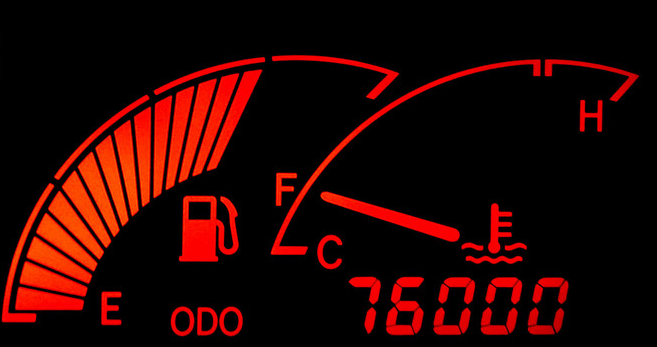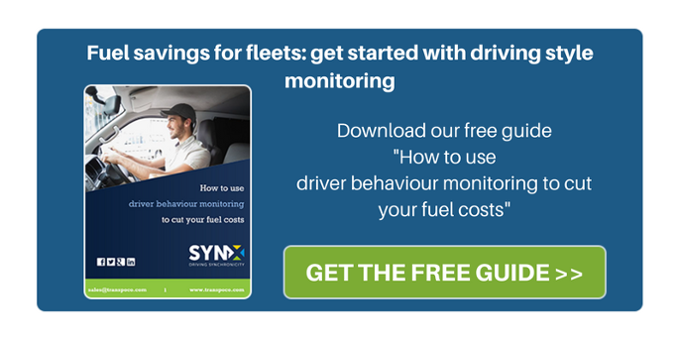
When we try to explain to our potential customers how much money they could save on bills if they monitored driver behaviour, they do not realise the great potential that driving style awareness offers.
Driving style is one of multiple factors that can positively impact a fleet’s cost, but this doesn’t often become apparent until you have the full visibility of your fleet’s activity. Most people might assume technology will disclose misuse and help with traffic and route planning. This is indeed true, but it is only half the story: savings come from many other sources, which you can only capitalise on if you start monitoring your fleet fully.
We saw for ourselves, within a fleet of ten commercial vehicles (Ford Transit vans) used for deliveries by one of our customers, how dramatically the performance and fuel consumption could vary among fleet drivers. The results we obtained suggests that the company could save as much as €10,000 per year if all drivers adopted the driving style of the best ranker.
The best performer/ranked driver had an average consumption ratio of 10.5 litres of fuel per 100 km. The performance of the rest of the drivers, compared with the best ranked, showed there was a difference in their consumption ratio ranging from 15-30%, with the worst ranking driver showing a consumption ratio of 15.2 litres/100 km. If all the drivers’ consumption ratio matched that of the best performer, the Ford Transit fleet would have saved €9744 per year.
Before you start setting about schooling drivers into adopting different driving styles, firstly you should monitor their behaviour to highlight the difference between the best and the worst driver. This is the logical starting point for identifying savings and improvement: you should easily pinpoint where money is being lost and what actions need to be taken.
If you want to know more on how to generate fuel savings for fleets, contact us for a talk or for a SynX demo, it will really make your life surprisingly easier (and your bills much lower…)
To learn more about savings, check out our blog post: Why the cause behind missed savings in your fleet might actually be... you?





